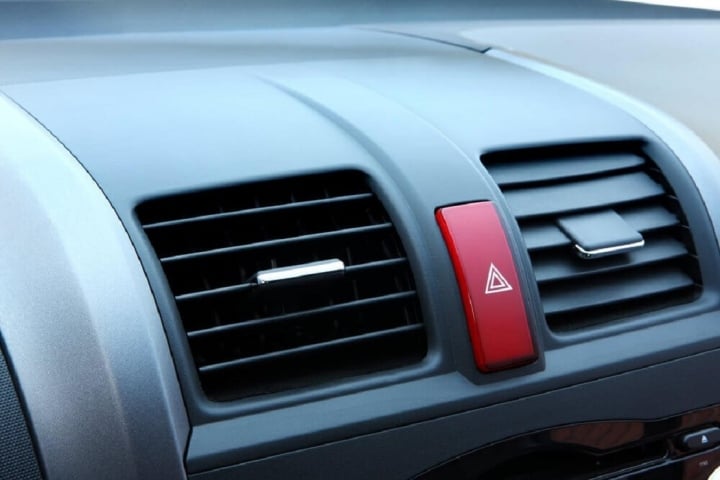Many drivers often misuse hazard lights when passing through intersections, roundabouts… So how should emergency hazard lights be used correctly?
Emergency hazard lights, also known as hazard warning lights, are used solely in cases that require warning others about potential dangers on the road.
According to the vehicle operation manual, hazard lights should always be activated when the vehicle encounters a situation that requires stopping or parking on the road. These lights indicate to other drivers that your vehicle poses a traffic hazard, reminding them to be attentive, proactive, and avoid collisions.

These lights are usually placed in easy-to-see locations, with large indicators on the dashboard for the driver to use in emergency situations.
When to use hazard lights on a car?
Hazard lights should only be used when a vehicle is experiencing an ongoing issue or has to stop on the road, alerting other drivers to be cautious and avoid the vehicle to prevent accidents. Additionally, hazard lights can draw attention and assistance from other drivers or pedestrians when the vehicle is moving but facing difficulties.
In cases of breakdowns or malfunctions, drivers can safely activate their hazard lights in no-parking zones without facing penalties. However, abusing the use of hazard lights for unauthorized stops will be strictly dealt with according to legal regulations.
Moreover, during adverse weather conditions such as heavy rain or dense fog that limit visibility, activating hazard lights can prompt other drivers to slow down or be more cautious before attempting to overtake your vehicle.
Another situation where many agree on using hazard lights is when driving slowly through an accident zone or transporting emergency cases.
Considering the information provided, drivers should be mindful of correctly using the hazard warning light features.
Currently, while driving on roads, many drivers activate these lights when proceeding straight through intersections or roundabouts, causing inconvenience to other drivers. In reality, when passing through an intersection, if the turn signal is not activated, it is presumed the vehicle will proceed straight ahead. Similarly, when navigating a roundabout, activating the signal on the side of the intended turn is expected. When traveling straight through a roundabout, it is not mandatory to signal; however, following the “left in, right out” rule is safer.
In both scenarios, it is not advisable to use hazard lights. Many consider using these lights in this way as an attempt to assert dominance over other drivers or encourage speeding, leading to dangerous misunderstandings from both sides of the road.












